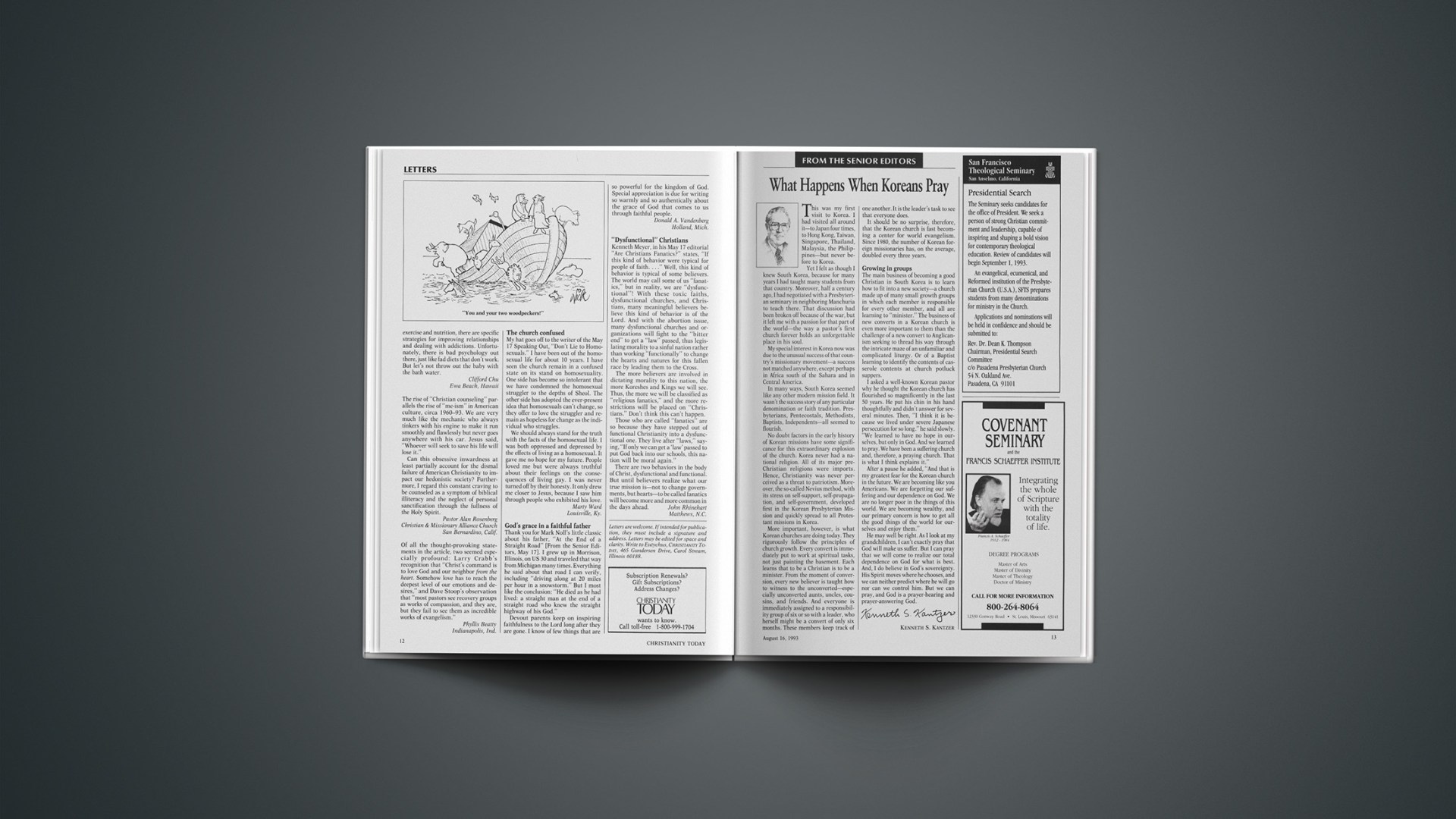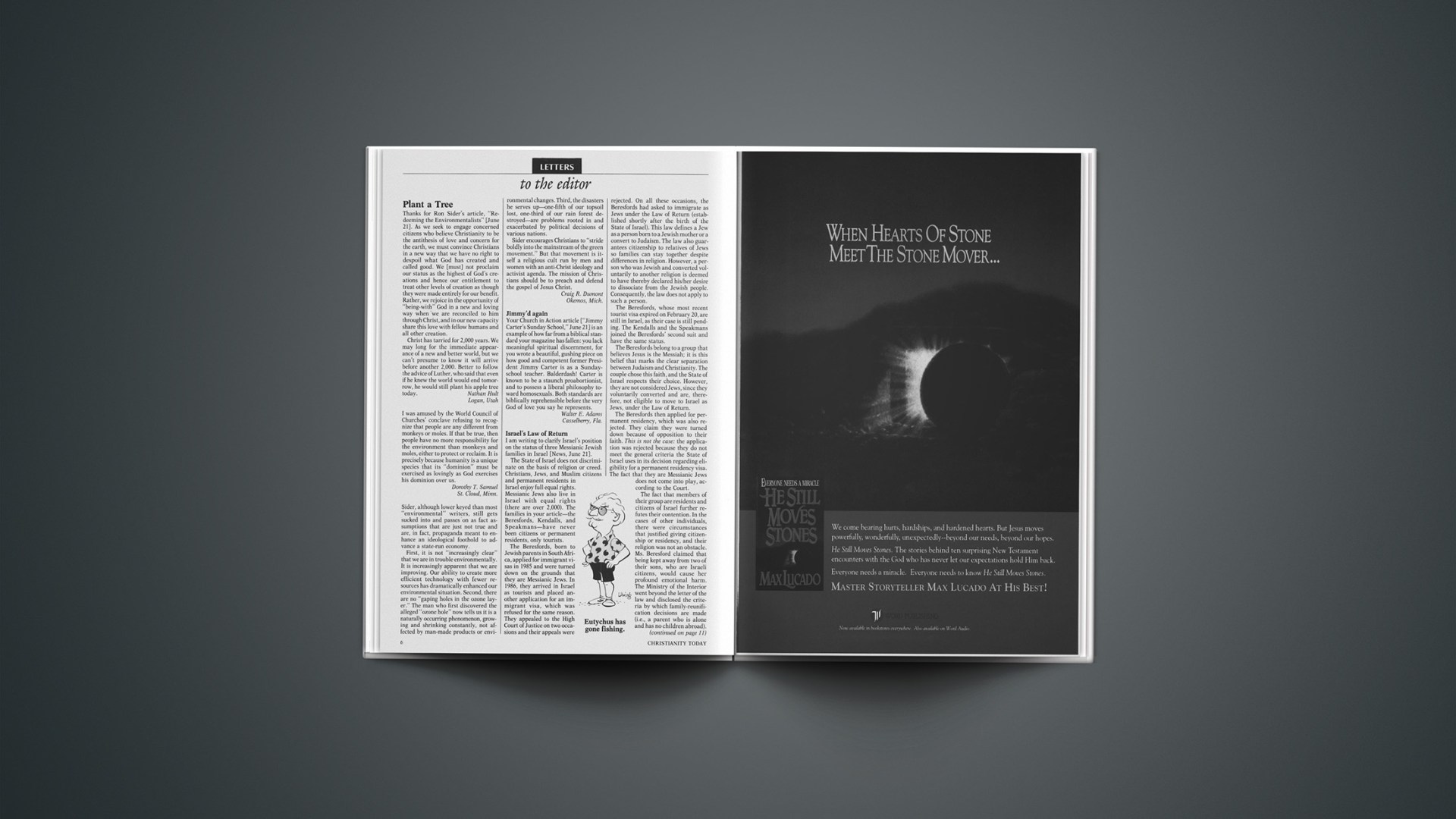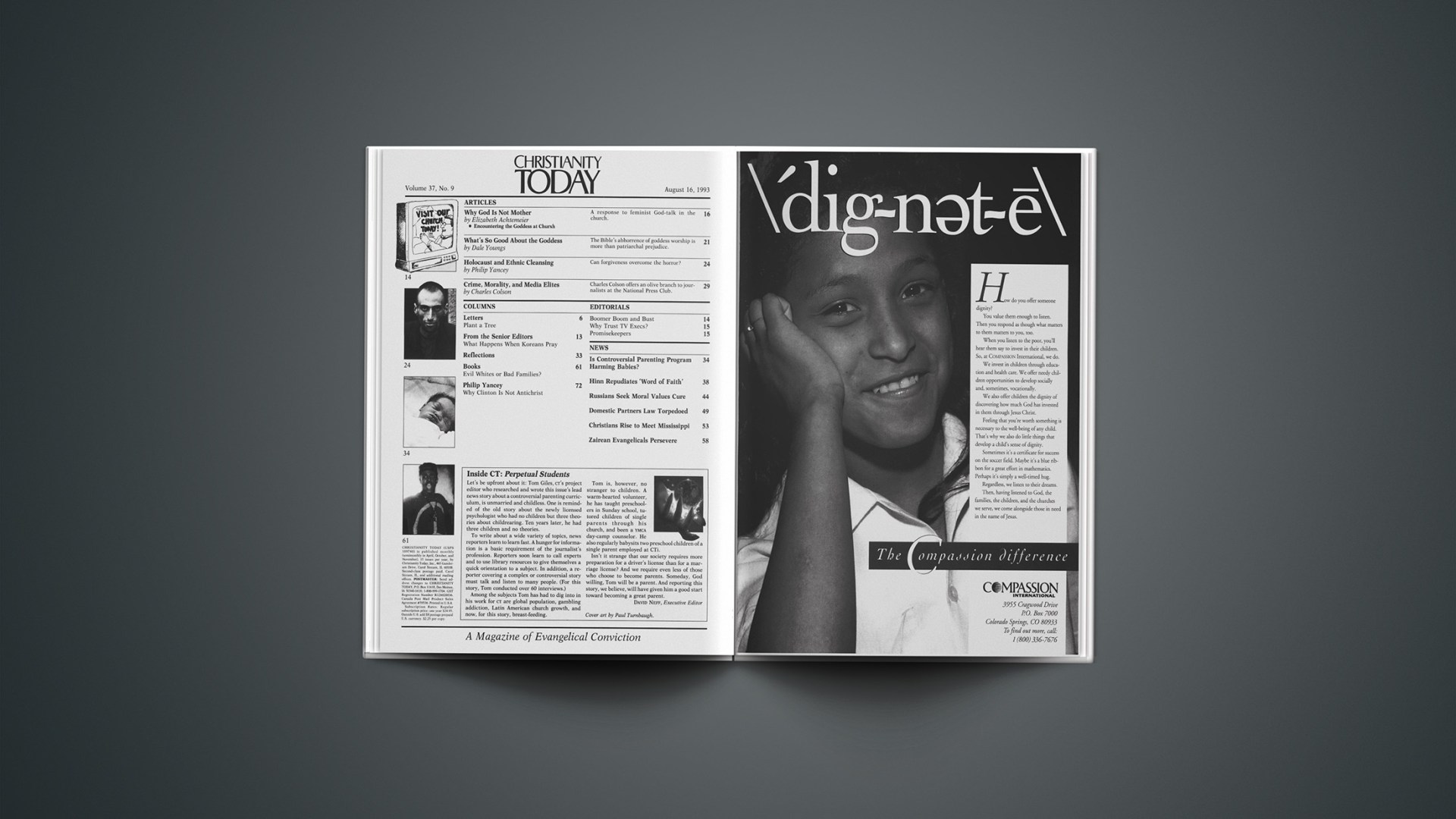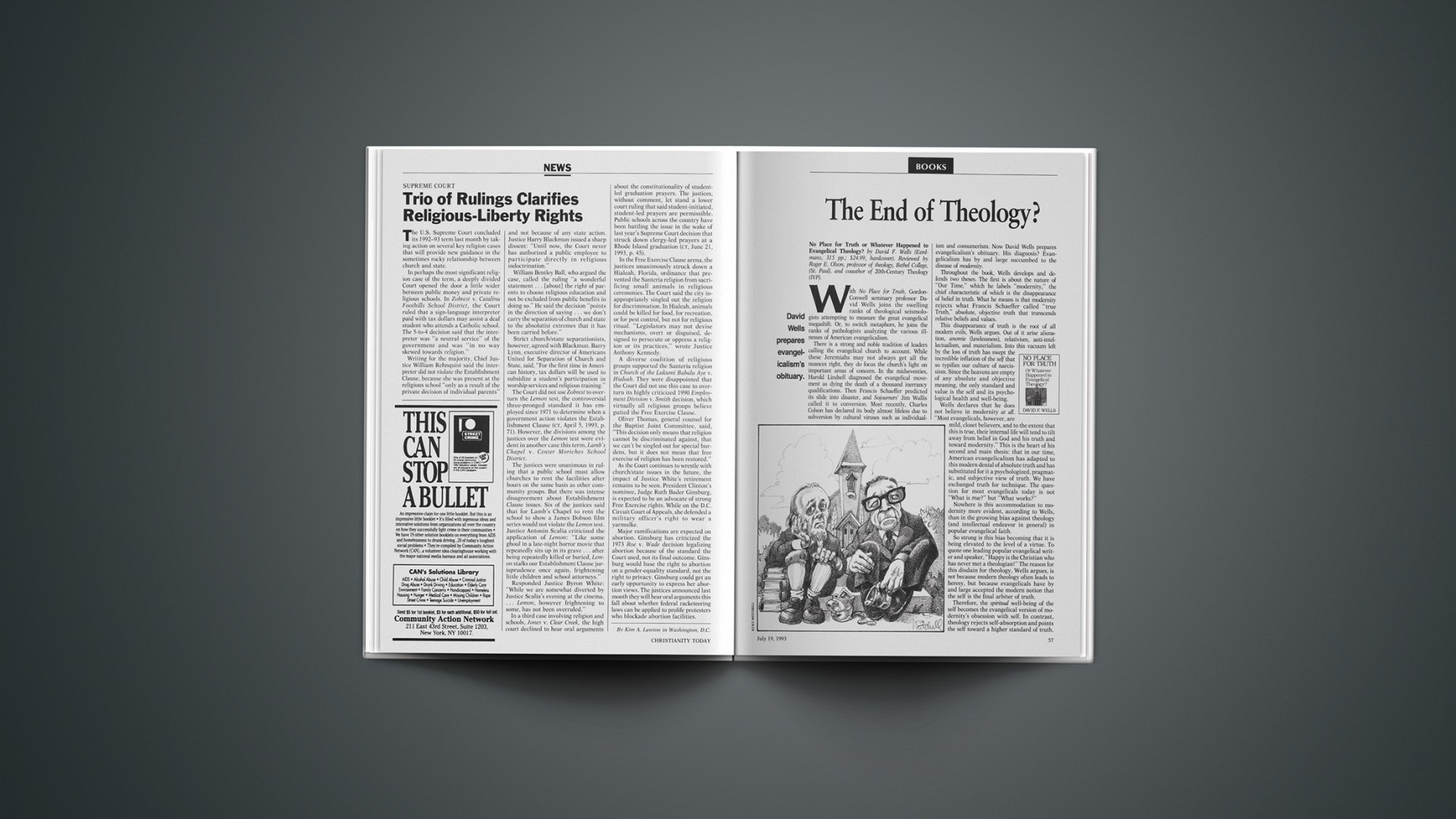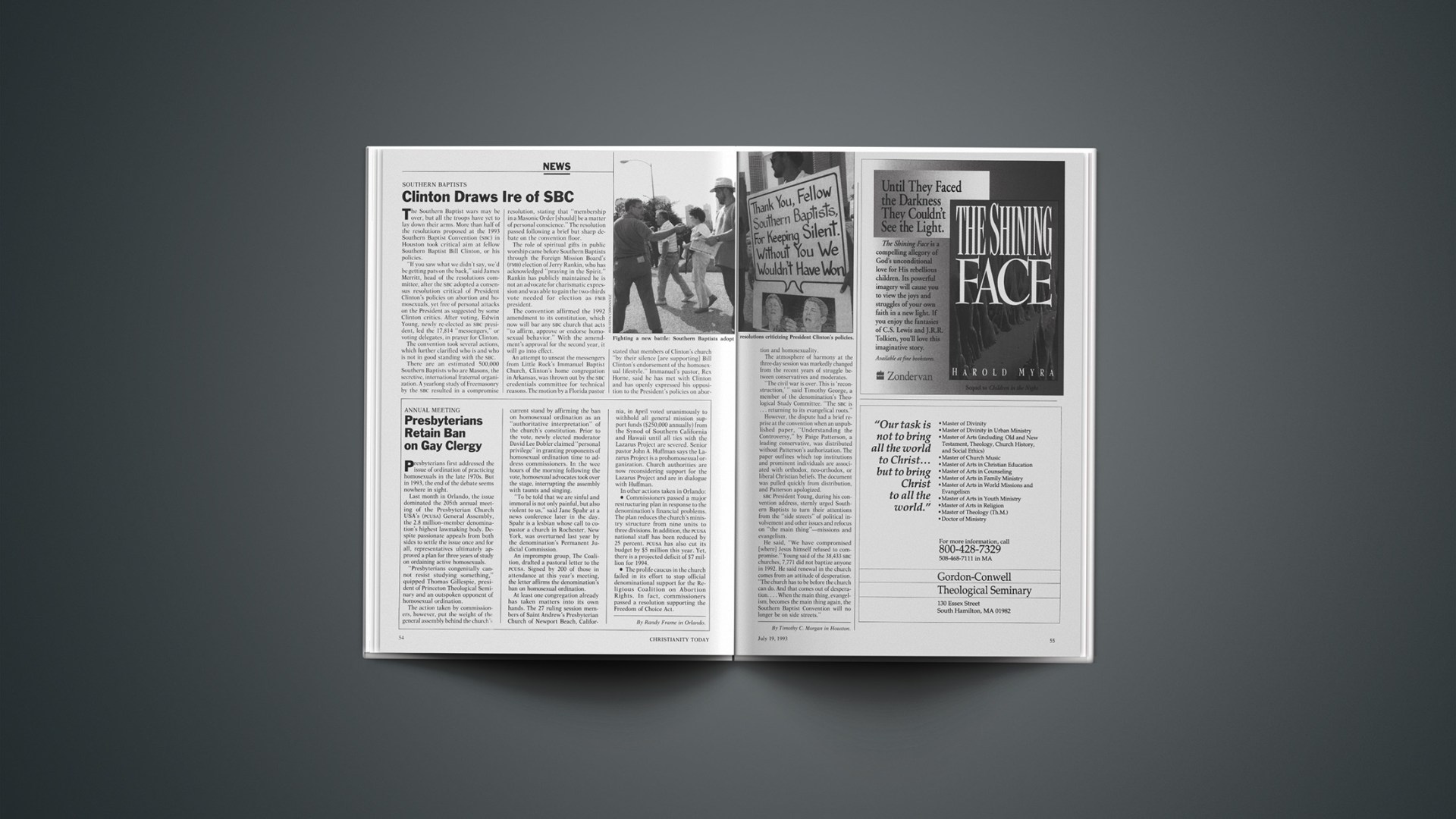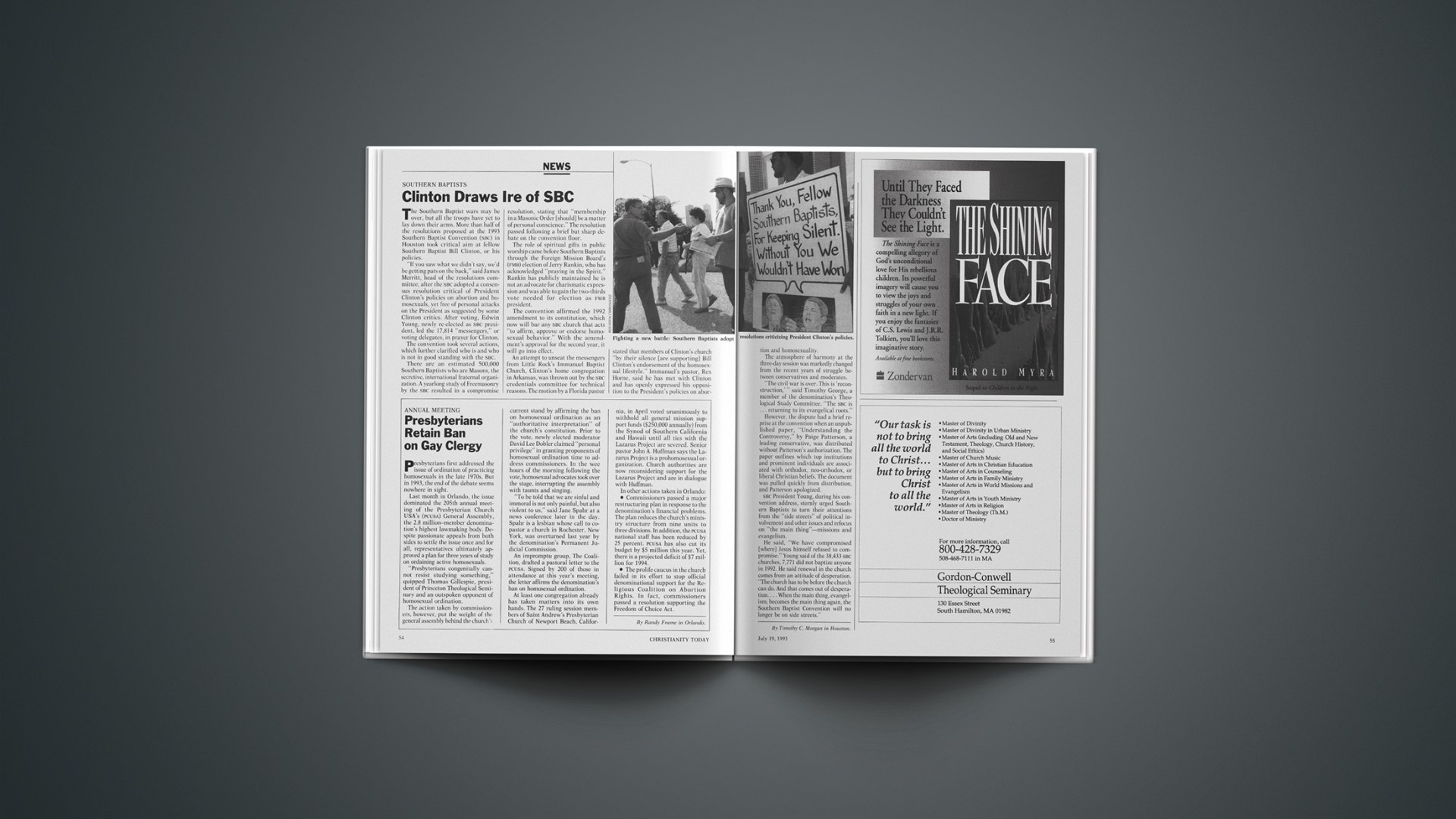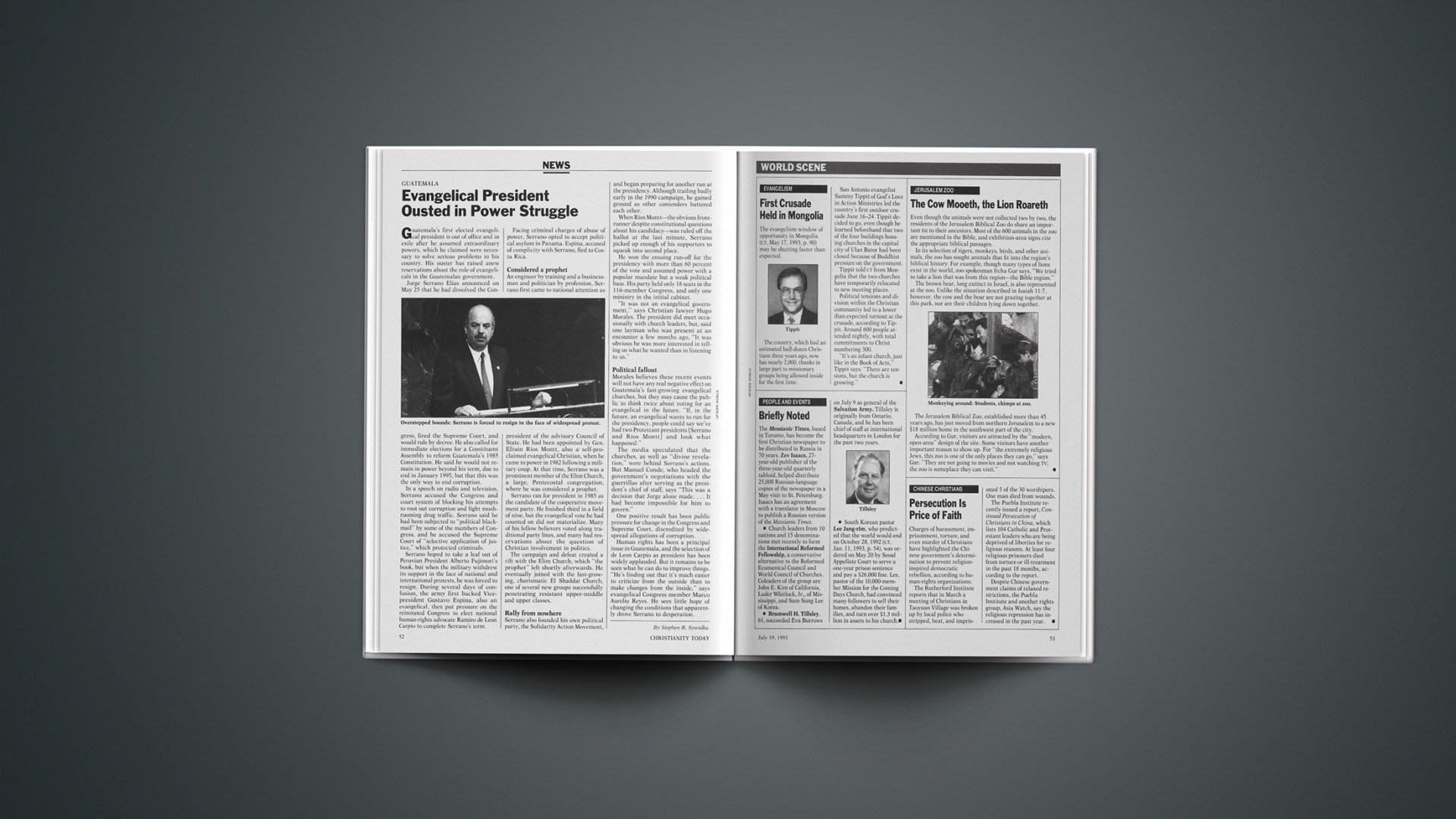This was my first visit to Korea. I had visited all around it—to Japan four times, to Hong Kong, Taiwan, Singapore, Thailand, Malaysia, the Philippines—but never before to Korea.
Yet I felt as though I knew South Korea, because for many years I had taught many students from that country. Moreover, half a century ago, I had negotiated with a Presbyterian seminary in neighboring Manchuria to teach there. That discussion had been broken off because of the war, but it left me with a passion for that part of the world—the way a pastor’s first church forever holds an unforgettable place in his soul.
My special interest in Korea now was due to the unusual success of that country’s missionary movement—a success not matched anywhere, except perhaps in Africa south of the Sahara and in Central America.
In many ways, South Korea seemed like any other modern mission field. It wasn’t the success story of any particular denomination or faith tradition. Presbyterians, Pentecostals, Methodists, Baptists, Independents—all seemed to flourish.
No doubt factors in the early history of Korean missions have some significance for this extraordinary explosion of the church. Korea never had a national religion. All of its major pre-Christian religions were imports. Hence, Christianity was never perceived as a threat to patriotism. Moreover, the so-called Nevius method, with its stress on self-support, self-propagation, and self-government, developed first in the Korean Presbyterian Mission and quickly spread to all Protestant missions in Korea.
More important, however, is what Korean churches are doing today. They rigorously follow the principles of church growth. Every convert is immediately put to work at spiritual tasks, not just painting the basement. Each learns that to be a Christian is to be a minister. From the moment of conversion, every new believer is taught how to witness to the unconverted—especially unconverted aunts, uncles, cousins, and friends. And everyone is immediately assigned to a responsibility group of six or so with a leader, who herself might be a convert of only six months. These members keep track of one another. It is the leader’s task to see that everyone does.
It should be no surprise, therefore, that the Korean church is fast becoming a center for world evangelism. Since 1980, the number of Korean foreign missionaries has, on the average, doubled every three years.
Growing in groups
The main business of becoming a good Christian in South Korea is to learn how to fit into a new society—a church made up of many small growth groups in which each member is responsible for every other member, and all are learning to “minister.” The business of new converts in a Korean church is even more important to them than the challenge of a new convert to Anglicanism seeking to thread his way through the intricate maze of an unfamiliar and complicated liturgy. Or of a Baptist learning to identify the contents of casserole contents at church potluck suppers.
I asked a well-known Korean pastor why he thought the Korean church has flourished so magnificently in the last 50 years. He put his chin in his hand thoughtfully and didn’t answer for several minutes. Then, “I think it is because we lived under severe Japanese persecution for so long.” he said slowly. “We learned to have no hope in ourselves, but only in God. And we learned to pray. We have been a suffering church and, therefore, a praying church. That is what I think explains it.”
After a pause he added, “And that is my greatest fear for the Korean church in the future. We are becoming like you Americans. We are forgetting our suffering and our dependence on God. We are no longer poor in the things of this world. We are becoming wealthy, and our primary concern is how to get all the good things of the world for ourselves and enjoy them.”
He may well be right. As I look at my grandchildren, I can’t exactly pray that God will make us suffer. But I can pray that we will come to realize our total dependence on God for what is best. And, I do believe in God’s sovereignty. His Spirit moves where he chooses, and we can neither predict where he will go nor can we control him. But we can pray, and God is a prayer-hearing and prayer-answering God.
KENNETH S. KANTZER

